Demand for Volkswagen Buses is soaring
The Vee Dub, the Westie, the Splittie, and the Bay. An entire vocabulary has evolved around one of the most famous vehicles on the planet: the Volkswagen Type 2. Even its common name varies, depending on where you live. In its homeland of Germany, it’s the Bulli. Elsewhere, it’s the Bus, the Kombi, or the Transporter.
The origin story of this vehicle-of-many-faces is now part of automotive folklore. Dutchman Ben Pon visited the Volkswagen factory in 1946, keen to import a batch of VW’s Type 1 (now known as the Beetle pretty much everywhere). There, he saw a flatbed work vehicle based on the compact car’s chassis, and he sketched an idea for a utility vehicle. In a postwar market desperate for rugged, cheap commercial vehicles whose basic design could be easily adapted into a cargo truck, a minibus, an ambulance, and more, the Type 2 took off.
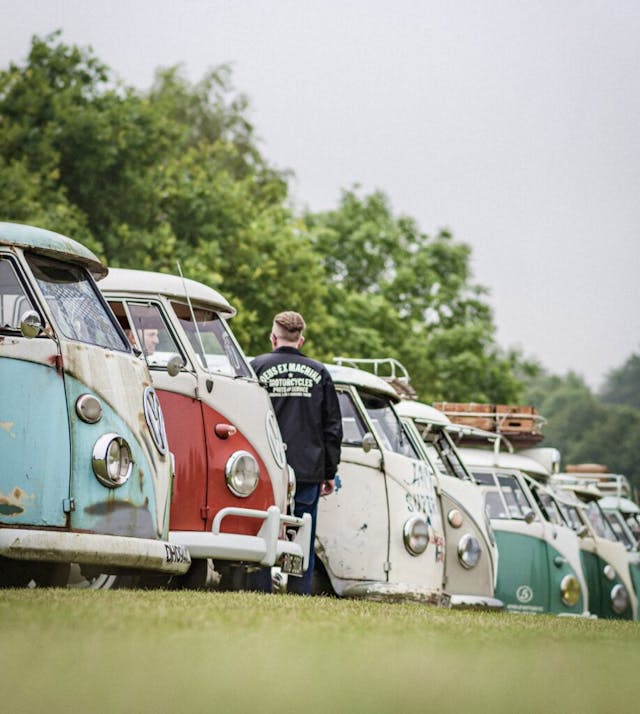
But for many, the identity most associated with the Type 2 is that of the camper. In 1950, with the Western economies starting on their long road to postwar recovery, and with families demanding cheap ways to fill leisure time, Volkswagen commissioned the Westfalia-Werke coachbuilding company to create a camper-van conversion. The first examples were delivered in 1951, and, although the base model has changed a number of times since, they are still being produced today.
For such a tiny vehicle, Westfalia managed to pack in a huge amount of utility. Fold-down double beds, a hammock over the front seats, diesel-powered night heaters, and sink units were all offered, but it was the famous “pop top” that instantly marked a camper from the lowly panel vans. This not only provided headroom when the vehicle was parked, but with the addition of a folding bed (that today resembles a medieval torture device) it offered another berth. Soon, other conversion companies put their own take on the camper van, with concertina and side-hinged roofs, gas cookers, and electric hookups.
Today, the VW camper vans remain hugely popular, especially with families. Analysis of Hagerty’s quotes show that all variants of the classic Type 2 are a hit with Generation X, those born between 1965 and 1980, with a huge percent of quotes (52) for the Split-Screen Bus coming from this demographic, compared with a 32 percent average across all Hagerty-insured vehicles. Overall, around 70 percent of quotes for all Type 2s are from people born since 1965, one of the youngest ownership demographics of all cars Hagerty covers worldwide.
Values are rising, too. The average insured value of the Type 2, across all generations, has climbed 32.6 percent over the last five years, and quoted values have soared in the last 12 months.
A quick look at #3 condition (that is to say good, driver-condition) Type 2s in the Hagerty Price Guide shows that the 1980–2002 T25 generation is still quite affordable, while the second-generation, 1968–79 Bay Window models can be had in the mid-$20,000 range. First-generation Split-Screens have taken off and are now pushing $50,000.
So, why does the Type 2 have such an enduring legacy? There’s certainly a coolness factor involved, but it’s combined with a big helping of practicality and economics. This van is one of the very few classic vehicles that is still regularly carrying out the role for which it was designed, decades after it was built.
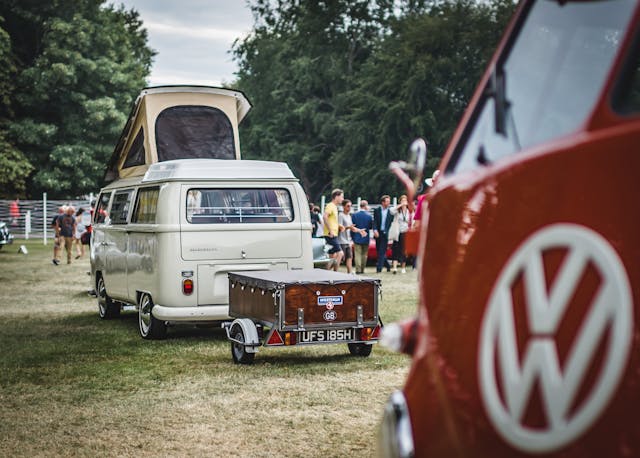
A Type 2 is also a fantastic family classic, which may explain why Gen X, those most likely to have pre-teen/teenage kids, feature so heavily in our ownership statistics. These VWs remain a very affordable way to have a classic vehicle and take your family on vacation in the summer months. As such, they tend to retain or increase their value.
But at the end of the day, it’s the enduring ethos of VW’s Type 2 that makes them so phenomenally popular. Drive a VW Bus, with its big steering wheel in front of you and its air-cooled engine puttering along behind, and you can’t help but smile. Owning a Vee Dub is like an anti-status symbol; it says that you have relaxed, that you’ve put the demands of the corporate world behind you, even if you have to head back to the screen on Monday. Plus, as our demographics show, this is one of the rare vehicles where that sense of cool seems to endure through the generations and, if anything, is actually increasing.
I’ll put money on the table that in 50 years, there will still be Split-Screen Buses pootling along our roads, whether powered by flat-four engines, hydrogen cells, or flux capacitors. And people will still want them.
***
Check out the Hagerty Media homepage so you don’t miss a single story, or better yet, bookmark it. To get our best stories delivered right to your inbox, subscribe to our newsletters.

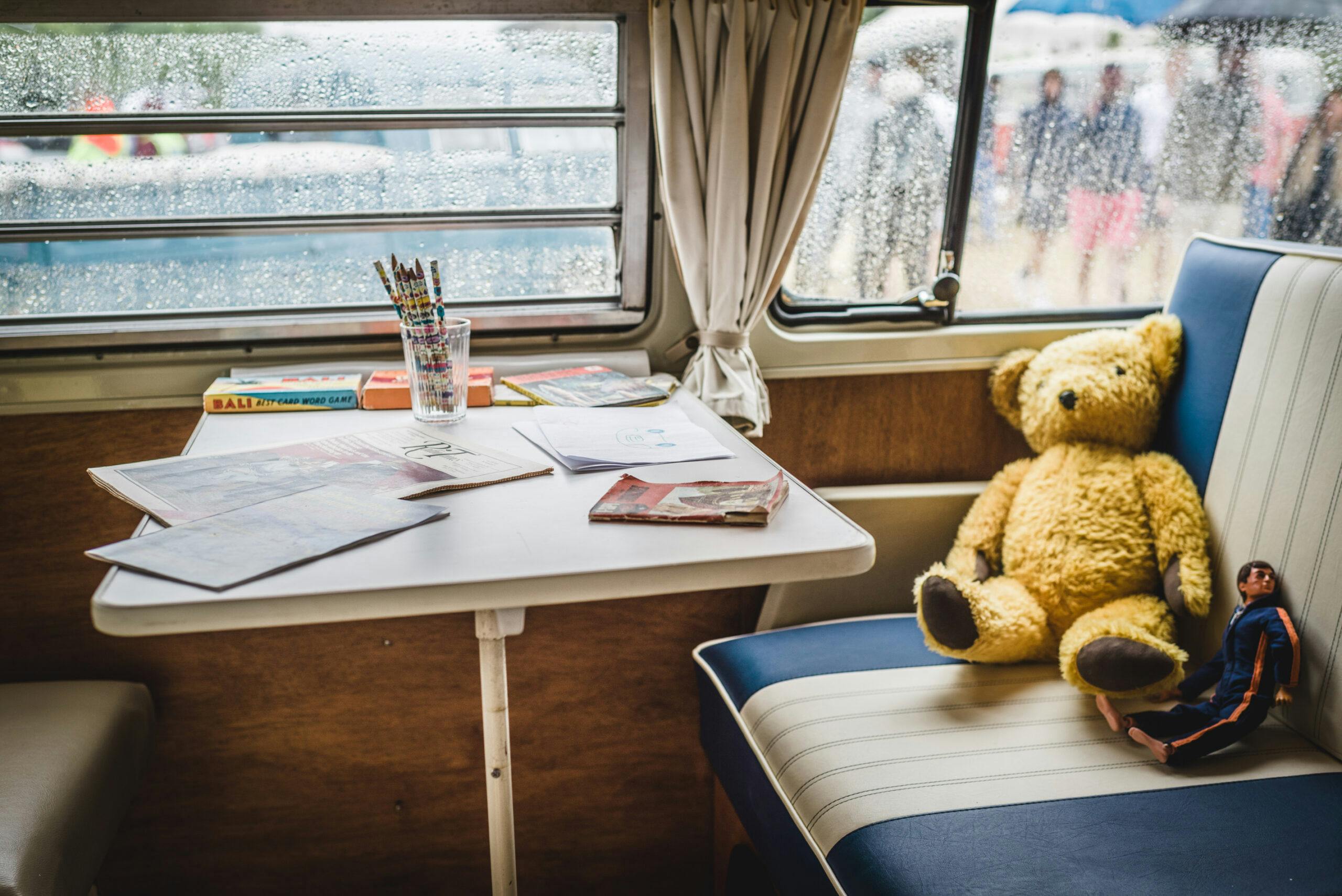
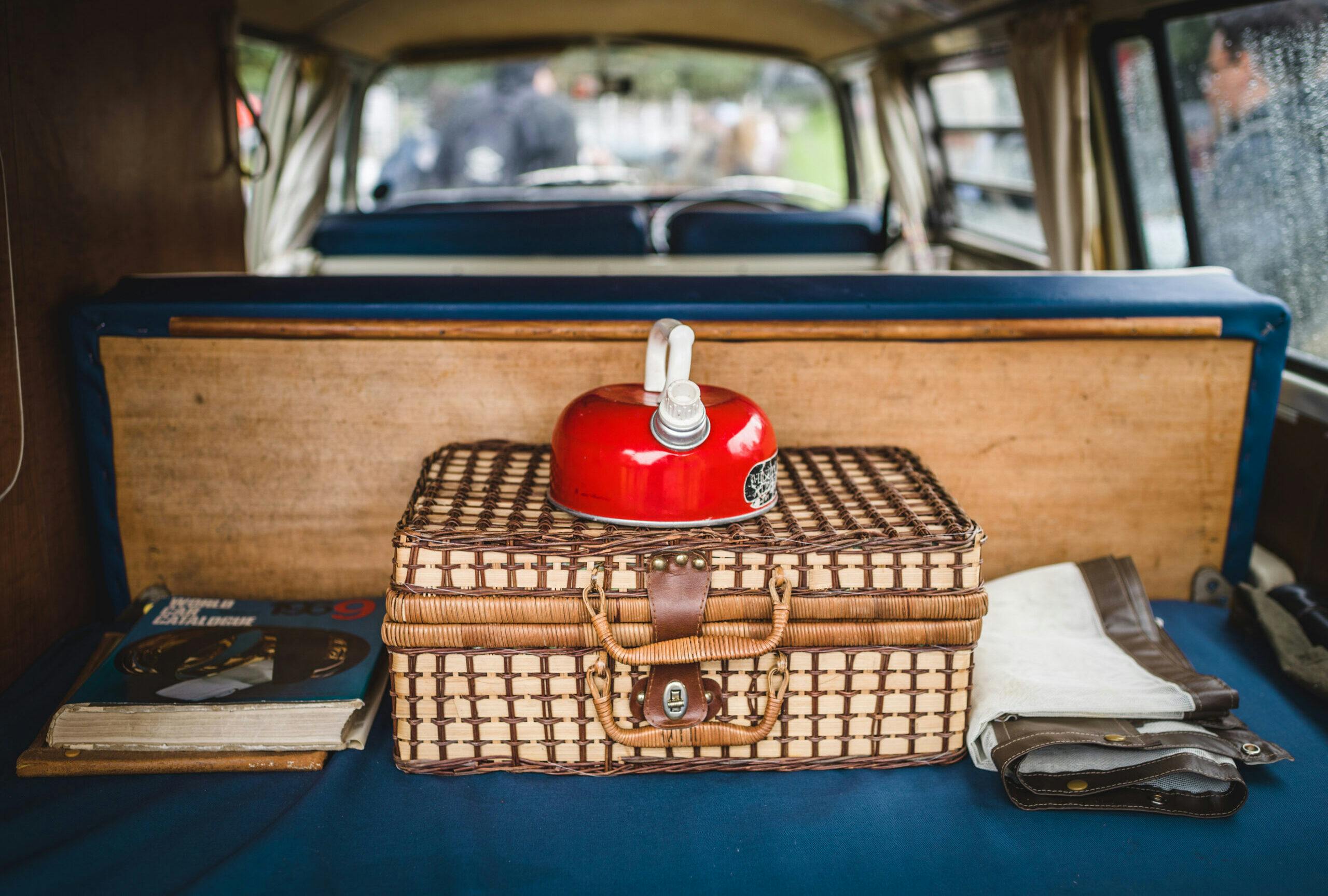

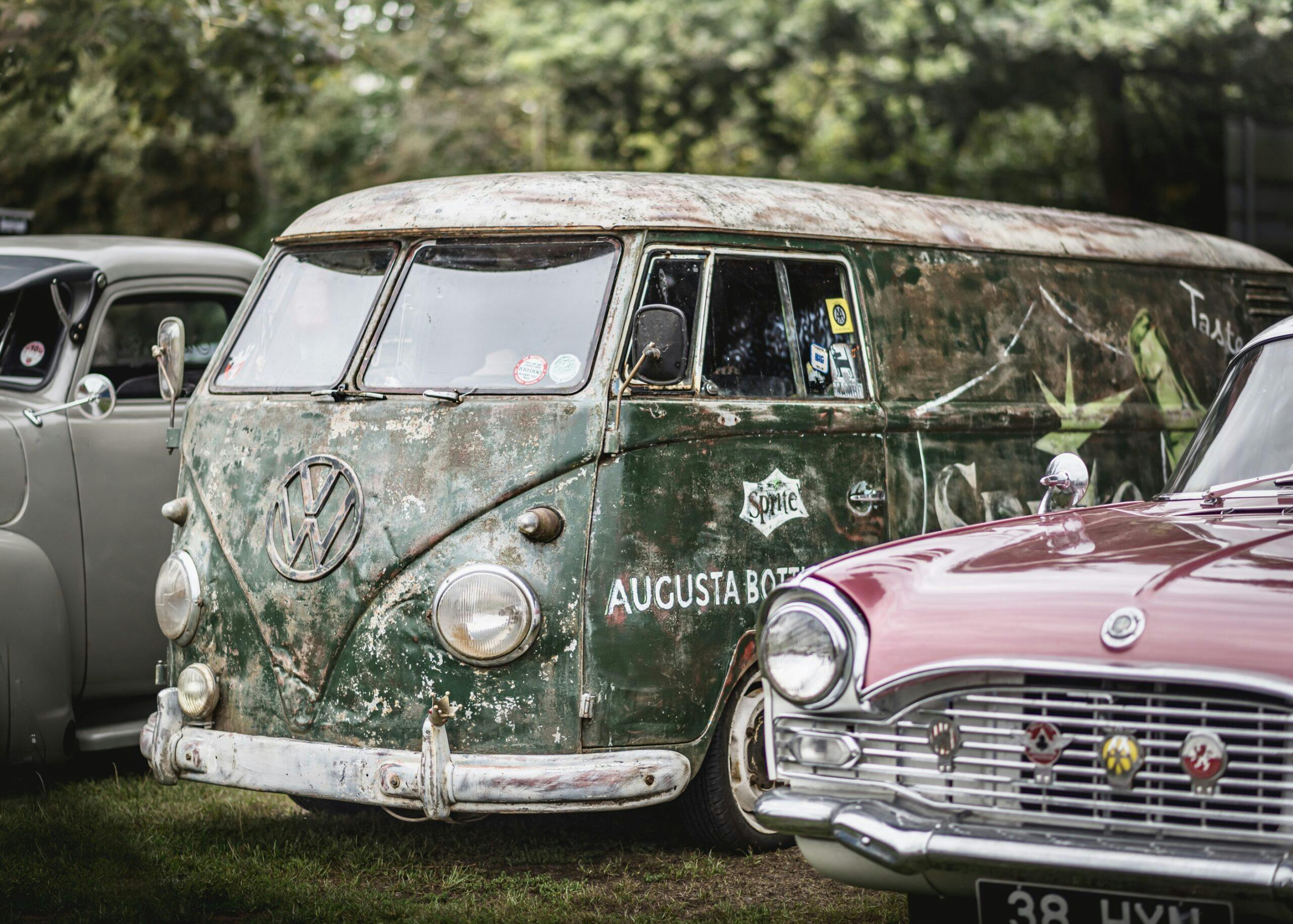
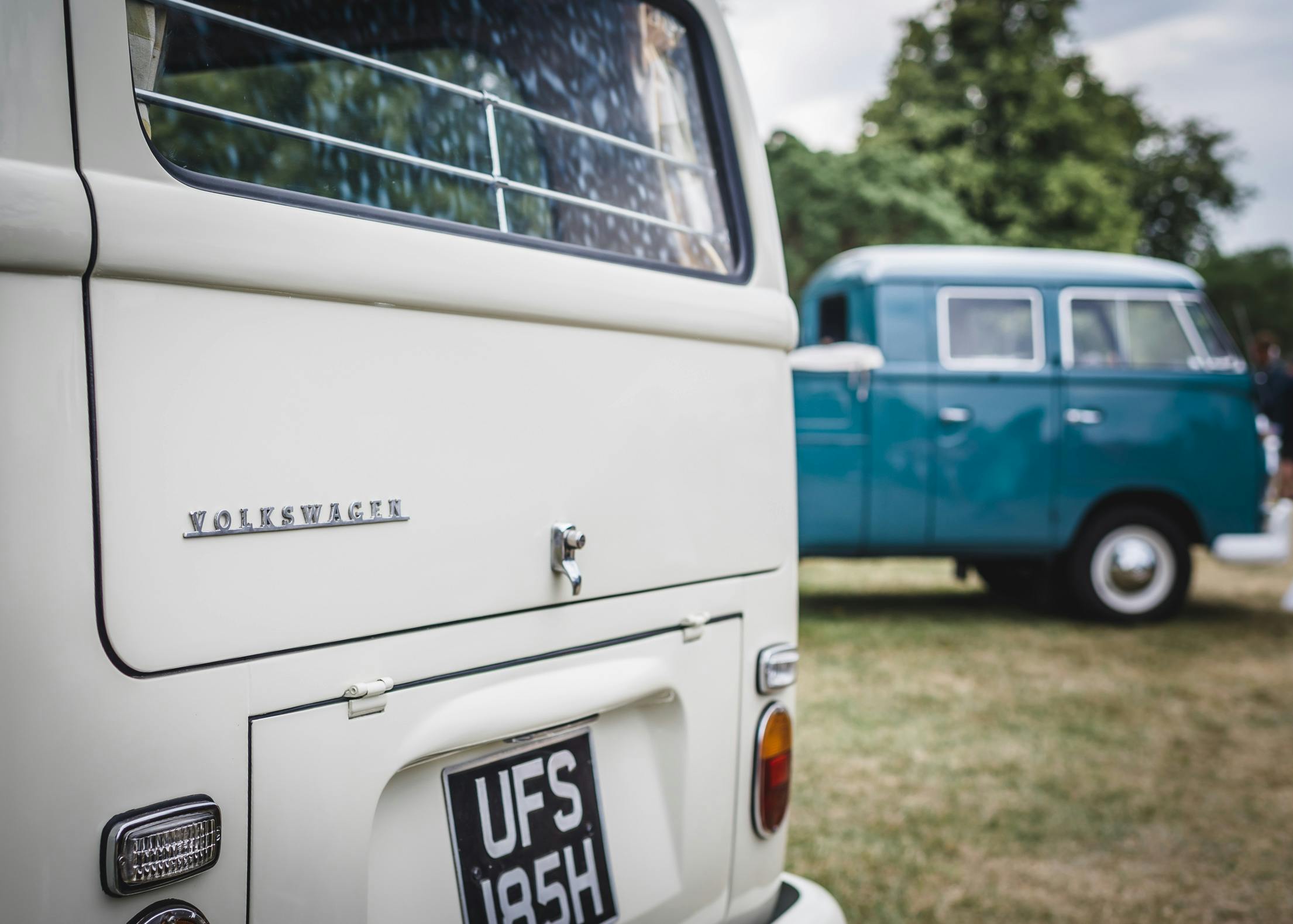
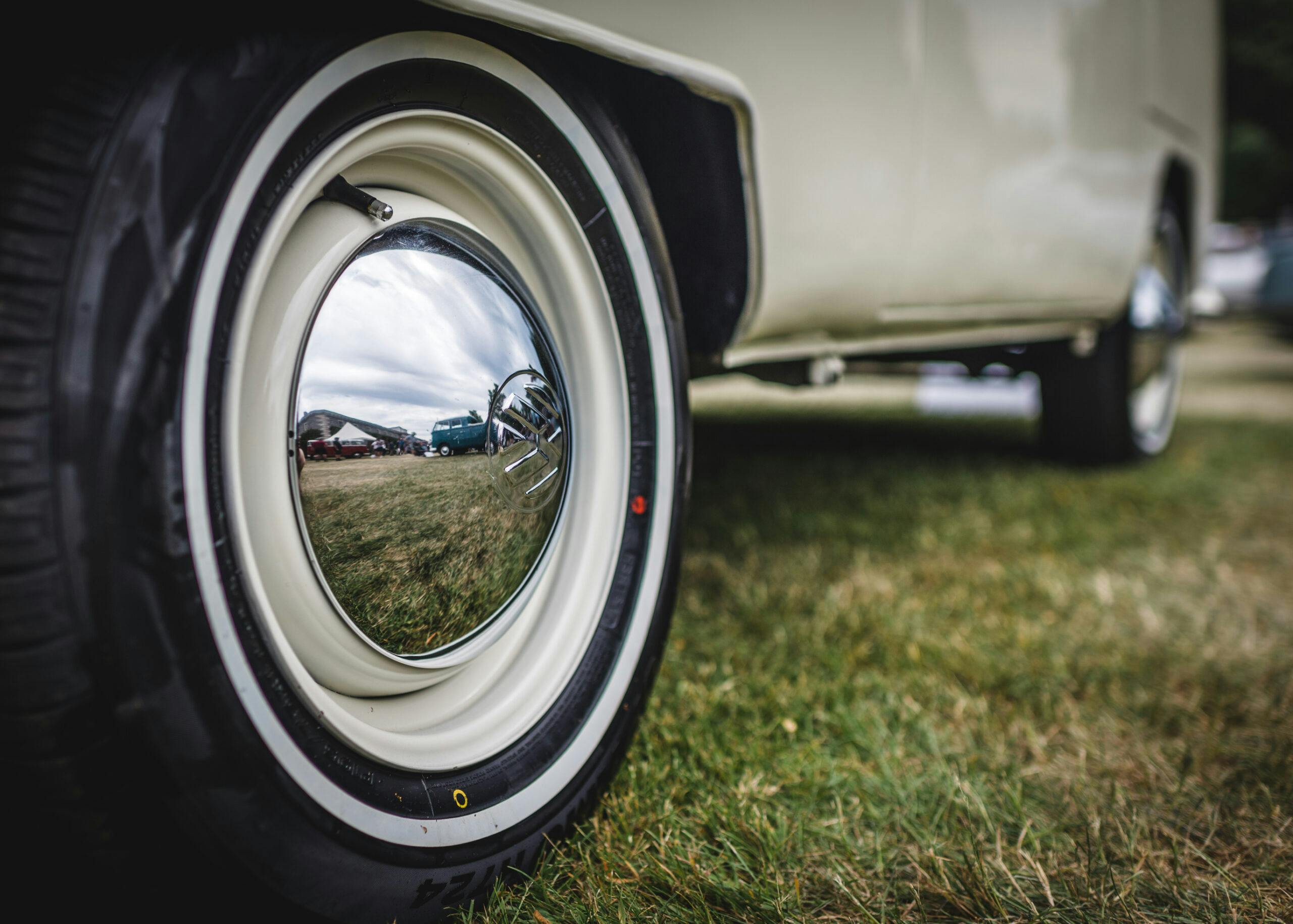
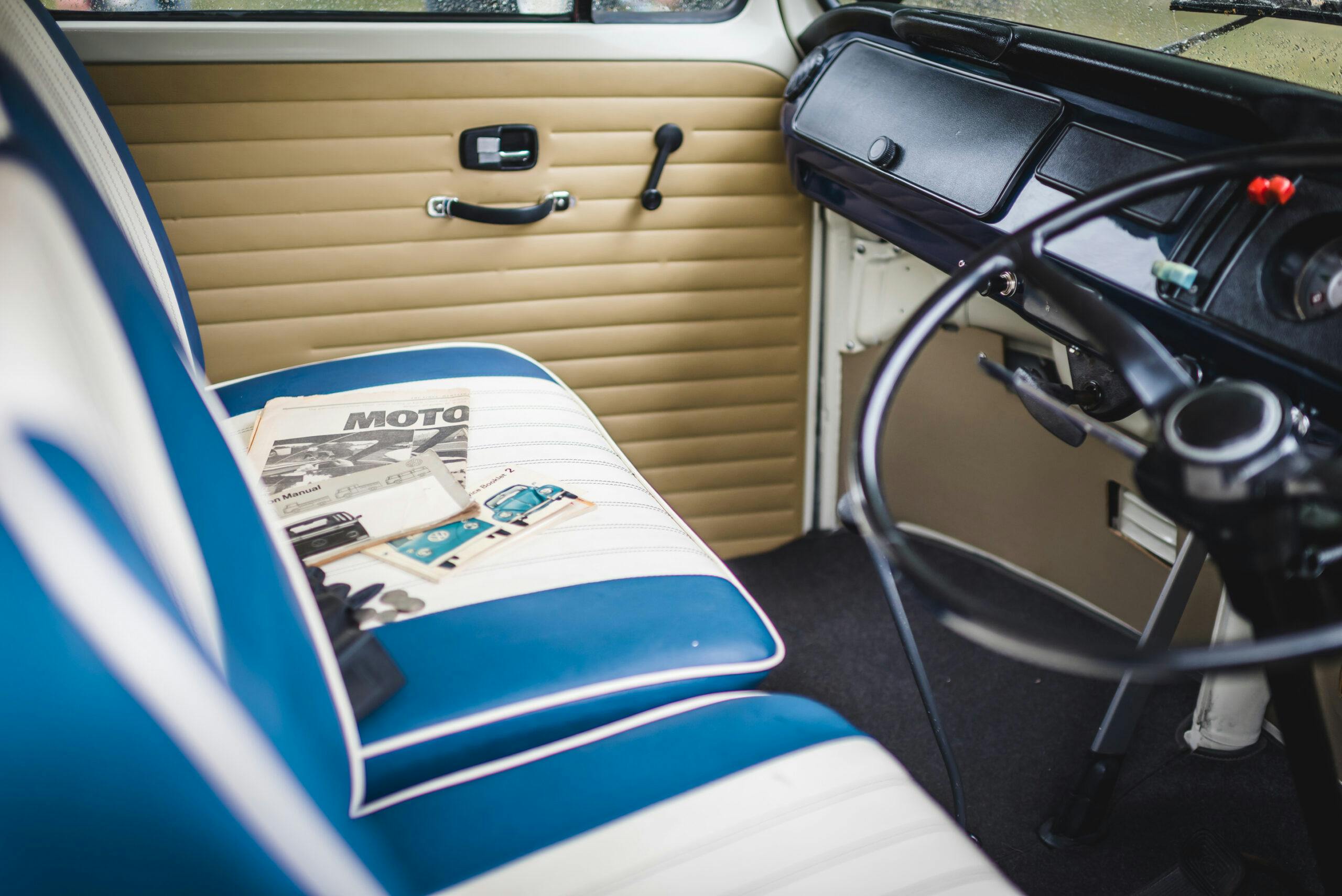
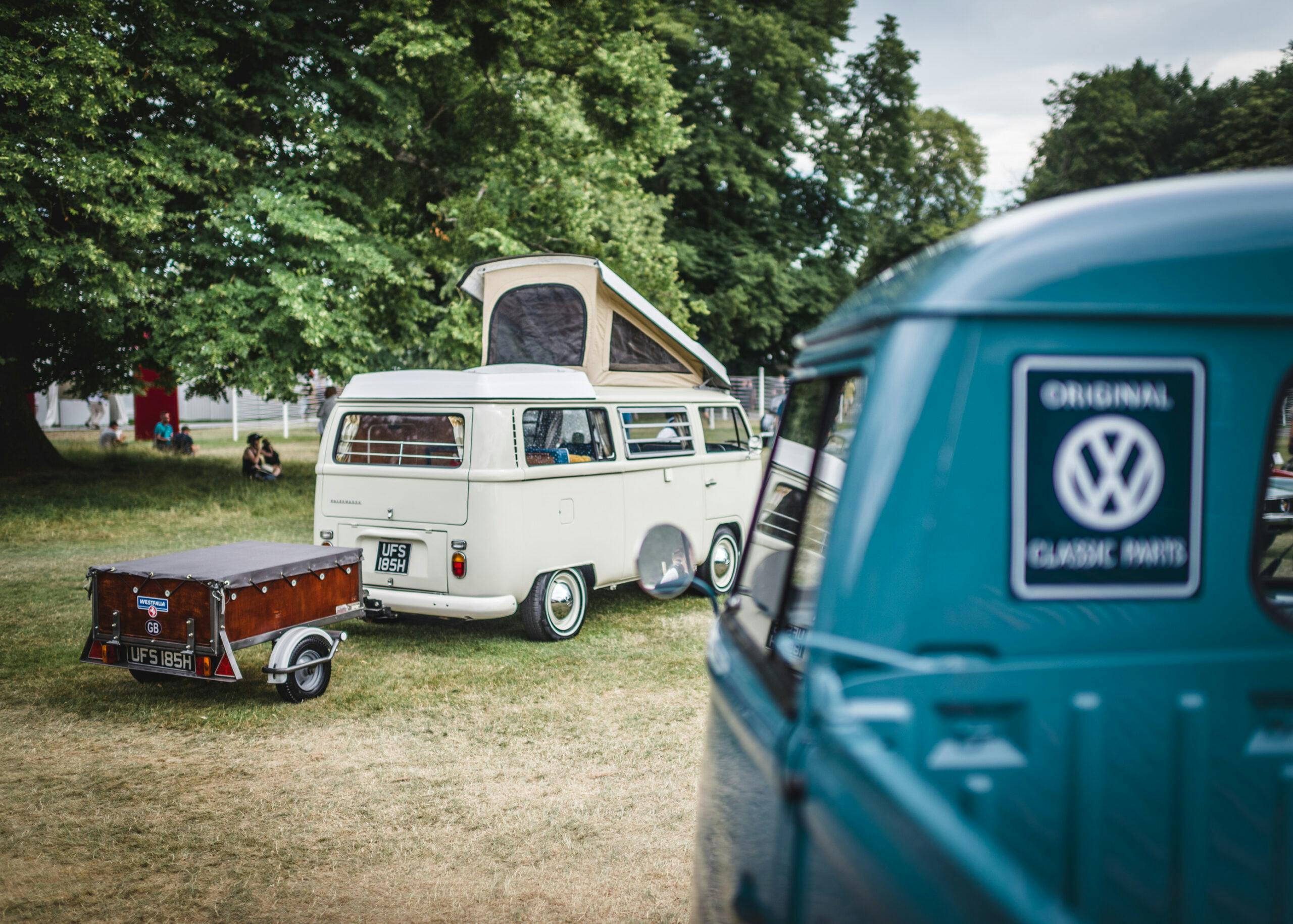




Had a 72 pop top in Colorado in the 80’s. Blew the motor in the Eisenhower tunnel, rebuilt it on the kitchen table of our rented house in Denver with no garage. Wife was not pleased! But she is still here. These days we run the modern successor–MB Sprinter Type B Winnebago ERA conversion. It’s like the bus that grew up. Gets 18 mpg at 80 mph. The old busses we see on the interstate on trips can’t keep up with modern (everyone is doing 80+) traffic–they look dangerous. If you back road only the Veedub is fine. Very maintenance intensive vehicle from my experience.
Already too expensive for ones in good condition. Used to be cheap hippie transportation. Now expensive hipster transportation. Hate to see what they could get to.
I know the Westie’s were the big conversion, but I understand (was told somewhere) that when Westie’s production facilities were overcrowded they shipped them out to other players, and they were called Riveria’s that had camper tops that popped up all the way, not on a slant. Is this in fact true, and if so, can you share a story about them? Thanks
Yes, Riviera was a company that, like Westfalia, produced a pop-top camper conversion. And yes, the riviera top pops straight up instead of hinged on on end. Demand was high for these when they were in production, I don’t think Westfalia voluntarily passed the business on to other camper manufacturers, it was simply other suppliers seeing the demand and meeting it. Riviera and American conversions were done in the U.S., I think import tariffs and difficulties played a part in their success. Other companies such as Dormobile and Devon were UK based companies, sometimes even collaborating with Westfalia. I can’t tell you a story about a Riviera, but I could tell you many about my 69 Euro-spec Westy with a Dormobile roof… all dealer-optioned and factory done, although I have a hard time convincing Americans of that! In my opinion, the Dormobile top is the most elegant and functional of all the pop-top configurations out there.
This is sort-of correct. Westfalia conversions were in very high demand as far back as the early 1960’s. Many aftermarket companies saw the potential market and started converting VW panel vans into campers ( some kombis, too, but the panel vans were sitting on dealer lots everywhere). Places like Sundial, EZ camper, Riviera and the like were quite successful in aftermarket conversions. Though sometimes the build quality was not quite as good as Westy, some of the camper layouts are considered to be a little more user friendly.
Riviera Motors in Beaverton, OR became a major player in camper conversions, and built them well into the Vanagon era. They were the company using the straight-up pop top that is most recognized, though other companies made them, too.
The Westfalia conversions are the ones everyone assumed was a trim level on a VW Bus.
I still remember my dad buying a second hand camper and then making the mistake of taking the family on a trip through the mountains and all the horn honking and air horn blasting semis as it struggled. He was so stressed out, he later called that camper “Hitler’s revenge”. I hope all these nostalgia -eyed buyers know what they’re in for. A little hot rodding is a REQUIREMENT if you’re going to use these in a pleasurable way on today’s roads.
I am 69 years old and have owned many beetles, busses and campers. I drove several of my beetles and busses very hard but kept up on valve adjustments, setting the dwell and timing and changing the oil every 2500 miles. I have a 63 Ghia with a 1385 cc motor. Slightly modified. It will cruise all day at 70 MPH. I also have a 1984 Westy Camper that I’ve owned for 20 years. The original motor was still going pretty good with 155k on it. I had it rebuilt using a GoWesty 2.2 liter engine kit. It has substantial more torque now and can go up hills nicely. Cruising speed is 60 to 65 MPH. If you don’t have mechanical knowledge about these vehicles and can’t turn a wrench steer clear of these vehicles. That being said they are a blast to drive and own.
True that, Robert!! A blast to drive. Nothing else like them………
I am with you Robert. If you don’t no how to turn a wrench or you have no knowledge about VWs you should not buy an older VW bus or bug. They demand loving care. But are so much fun to drive. I have owned my 1971 bus for 18 years now and have pulled the motor out three times. Once to just to replace the clutch. But if you have lots of $$$$ you can have others do the work. I will be 85 years old this month. Have hard time getting under the bus. So I listed it for sale on the Hagerty Market Place
I’ll be 70 next month and bought my 69 Panel in 2013 for $8K. Had a zillion miles on it and a rebuilt 1776 CC w/ dual Webers, and front discs. I spent three years and almost $20K getting the interior just the way I wanted w/ custom gauges, new upholstery and carpet, bamboo headliner, and a killer sound system among other things. The outside has plenty of patina and the prior owner lowered the front end. Had it professionally appraised in 2018 for $32K. Added some nice things since then and would bet I could sell it for $50K but I’ll never sell it. It’s my daily driver despite the fact that I own a MBZ GL 450 and an MBZ SLK 320 and the wife has a 2020 Ford Edge. The fact is, that rarely a day goes by when someone doesn’t want to talk about my bus and their bus experiences. Somebody’s always waving or giving me a thumbs up or peace sign or a Shaka. Seems like everyone has a story about their folks owning one, or their boyfriend, or their pals, or whoever. They just remember good times and let me tell you, the people you meet is the best part of owning a Bus!
Great comments, Freeman! So true! I often get the same responses, which I really did not expect. People seem to be enamored with the old VW’s.
I had a ’65 15 window while going to college and later sold it. I loved driving it and many years later decided to get another bus as a retirement vehicle. In 2008, I bought a ’67 panel van in pretty good condition and started the renovation.
A friend had a body shop in Tyler, TX, and he took care of the minor dents/rust spots and repainted it. I had the seats redone and I upgraded the interior. I had a VW mechanic in Prescott build a 2007cc stroker so I could drive on our hilly roads and highways and keep up with traffic.
I love this bus and am very grateful to have one to drive. My wife loves it too! It takes me back to simpler, great times and I get into my own world. It’s fun talking to people and other bus/beetle owners about their experiences and histories with their cars. People have done some amazing things with them! Very glad they are being restored and taken care of.
Back in the early seventies, a good friend of mine had a Westphalia. We were both railroad conductors and at that time the railroad allowed operating department employees to take 30 days off, no questions asked. We were both single and in our twenties and at the drop of a hat, we would be off to Key West, or the west cost in his Westphalia……..Many trips, great memories, great times in a different world.
Back in high school a good friend worked for a VW repair shop and became quite adept at repairing them. He specialized in Karmann Ghias and the Bus. He would buy/acquire wrecks and piece them together, usually with great results. One camper model I remember quite well as it had a habit of popping out of 4th gear, which my friend thought stringing the shift handle to the floor was much easier than a real repair! With the lack of power, he would attempt to increase the speed by drafting speeding semi trucks. I can still hear him excitedly shouting 58, 59, 60! With that shifter tied to the floor, staring at the trucks trailer inches from that big windshield, it was a rush! R.I.P “Chump”!
Again! Your comment is awaiting moderation.
In the early ’80s I had a ’67, (the last year of the split-window) which had a camper conversion done by one of the travel trailer companies in Elkhart, Indiana. I don’t remember what I had paid for it, but it wasn’t much because I got it from my Grandma when she upgraded to a bay-window Westfalia. In spring of ’91 I was almost finished commuting to school and thinking I would finally have time to start fixing it up, when 2 Airmen from the local Air Force base saw it in the driveway and asked if I wanted to sell it. I told them “No, not really,” but one of them kept coming back every few days and increasing his offer until I couldn’t justify saying “No” any more. I still miss it and wish I had it back, but with these prices it doesn’t loom like it’s going to happen. But in its place now is a Karmann Ghia convertible that was built the same month I graduated from High School, and I have been able to drive it to 2 class reunions so far.
We have owned two Type 2s, a 1970, it couldn’t get out of its own way and a 1973 twin carb 1700cc, it could get out of its own way. They were each 10 to 14 years old when we owned them. The good news, you can maintain these vehicles relatively easy. The bad news, you do have to maintain them. Valves, wheel bearings, brakes, and of course frequent oil changes were the most common things we dealt with. The best kept secret: Read the data plate! These are one ton trucks in disguise. Be sure to buy properly rated tires. Years ago I often saw Type 2s with cheap passenger car tires. The handling was terrible and risk of crash with a blown tire was high. Buy and use the right tires. Be safe and enjoy the ride.
Death Trap. Killed 2 of my very good friends. Had they been in normal cars, they would still be alive! Should of been off the road years ago!
Growing up in a family of 11 plus my parents, we owned 3 of the buses, including a 1961 23 window / sunroof model. Our guardian angels must have been working overtime every time we all piled into those vehicles to go places. We could have become a family of 11 orphans if there had ever been a head on crash. Between no seat belts anywhere, and the front seat directly over the front wheels, and no crumple zones or airbags, it would not have been pretty.
I did own a Westfalia for a couple of years and took a couple long trips in it but moved on to other cars after that. I doubt you could ever get me to ride in one again. Too risky. And I can’t believe the prices people are paying for them now. Makes no sense to me at all.
I had two good friends who had busses in the 80’s. One had 3 busses, and I spent a lot of time behind the wheel. Growing up around Mopar muscle cars, I always complained about how painfully slow the busses were. But, there was always a coolness factor that was impossible to ignore.
At the time (1964) that we owned a bus, there were 7 of us (parents plus 5 kids) and had out grown our bug. By the time my parents got rid of it there were 9 of us. My father loved scaring my mother’s friends by having them sit up from while he drove through traffic (NYC). Only problem was on long trips it would not restart if shut down. We keep it running at gas stops. If we were leaving a motel too soon after arriving my father would have to push start it. He got quite adept at pushing on the A-pillar with the drivers door open, hopping in and popping the clutch in second to start the motor. Several mechanics looked at it but none knew the solution. They sold it an purchased a Ford Club Wagon.
Years later when I read John Muir’s book on “How to Keep Your Volkswagen Alive” the cure was found. The #3 cylinder was prone to overheating when pushed hard and long. The solution (if I’m remembering it right) was to fit a slightly undersized piston and rings so it had more clearance.